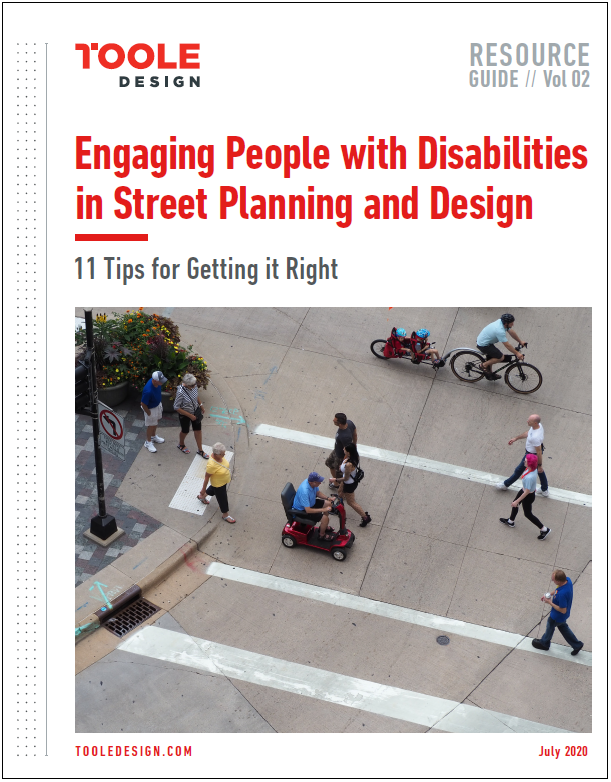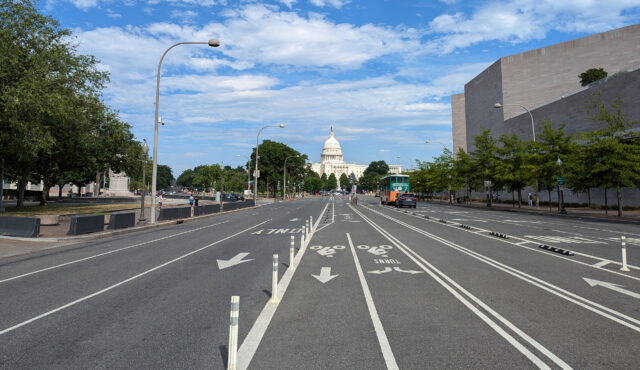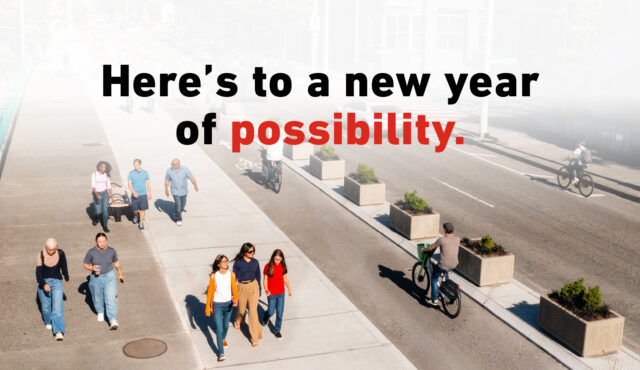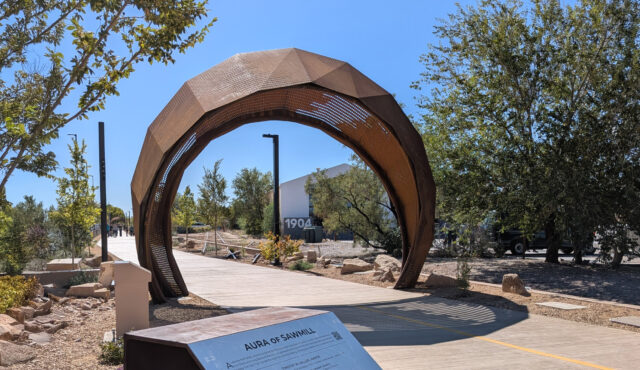 On Sunday, July 26th, the Americans with Disabilities Act turned 30 years old. The ADA was a landmark civil rights law that made it illegal to discriminate against people because of disability, and it has set the standard for what the United States’s transportation system must provide ever since.
On Sunday, July 26th, the Americans with Disabilities Act turned 30 years old. The ADA was a landmark civil rights law that made it illegal to discriminate against people because of disability, and it has set the standard for what the United States’s transportation system must provide ever since.
Despite this legislation, people with disabilities are among the many who are routinely still left out of street planning and design processes. Even with clear mandates to ensure access, countless streets and public spaces still fall short of actually providing a safe and comfortable experience for people with disabilities—even if they do meet the letter of the law, standards, or relevant guidelines. As our own Katie Knapp de Orvañanos wrote earlier this year in her post about ensuring that transit properly serves people with disabilities and older adults, if we aren’t proactive about understanding the different needs, experiences, and abilities of all users, we will inevitably ignore them.
If we want plans and designs that are truly accessible, we need to meaningfully engage people with disabilities from the start of every project through its completion and evaluation.
If we incorporate real engagement with people with disabilities into our work—and this means people with all types of different disabilities—we will start to see a built environment that reflects their needs and serves them fully.
Our mission at Toole Design is to support communities in building a transportation network that serves everyone, and we know that won’t happen if we don’t get this piece of the puzzle right. This new resource guide is a compilation of the most important lessons we’ve learned about engaging people with disabilities. Inside, you’ll find the following:
- A clear overview of why it’s so important to engage people with disabilities in street planning and design processes
- Eleven practical tips for engaging people with disabilities


